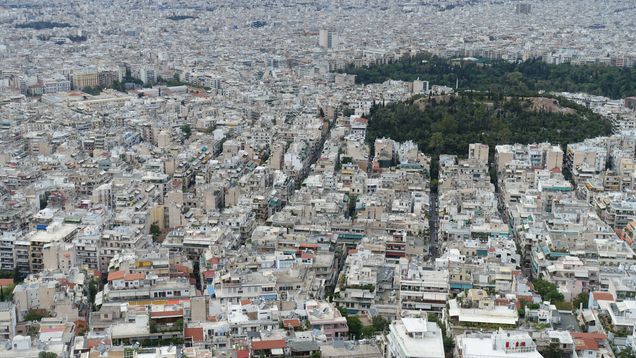Poverty, Inequality and the IMF: How Austerity Hurts the Poor and Widens Inequality

In offering loans to developing countries in exchange for policy reforms, the International Monetary Fund (IMF) typically sets the fiscal parameters within which development occurs. Among the drivers of socio-economic development, an important, yet insufficiently understood, international-level determinant is the spread of IMF austerity policies to developing countries.
A new journal article in the Journal for Globalization and Development from Thomas Stubbs, Alexander Kentikelenis, Rebecca Ray and Kevin P. Gallagher uses an original dataset of IMF-mandated austerity targets to examine how policy reforms prescribed in IMF programs affect inequality and poverty. Their empirical analyses span a panel of 79 countries for the period 2002-2018. Using instrumentation techniques, the authors control for the possibility that these relationships are driven by the IMF imposing harsher austerity measures precisely in countries with more problematic economies.
Key findings:
- Stricter austerity is associated with greater income inequality for up to two years, and this effect is driven by concentrating income to the top ten percent of earners, while all other deciles lose out.
- Stricter austerity is associated with higher poverty head-counts and poverty gaps.
Taken together, the findings suggest the IMF has neglected the multiple ways its own policy advice contributes to social inequity in developing countries.
This journal article was previously published as a working paper in April 2021.
Read the Journal Article Read the Working Paper